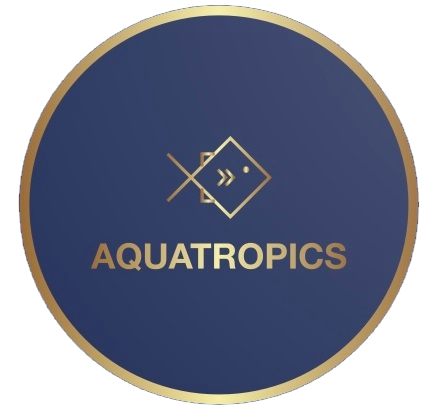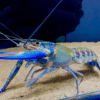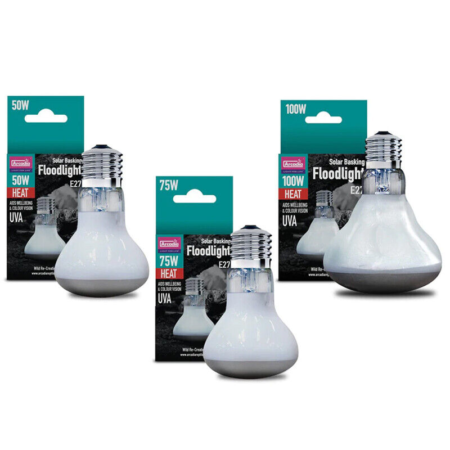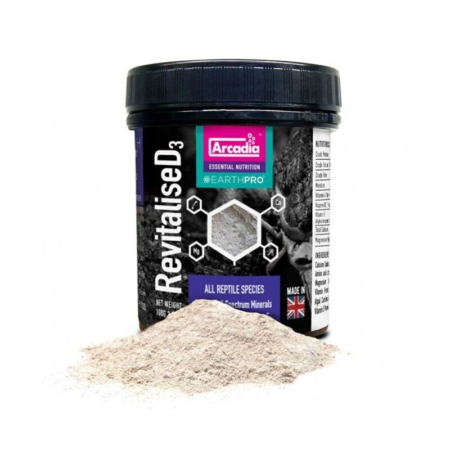Hermit Crab Randomly Selected Coenobita Decapod Crustacean Size 2-3 Cm
£8.71
Short Description: Hermit Crab Randomly Selected Coenobita Decapod Crustacean Size 2-3 Cm – Find the perfect addition to your tank with our randomly selected Hermit Crab. These Coenobita decapod crustaceans are approximately 2-3 cm in size, making them a great choice for any aquarium.
1000 in stock
Attributes:
– Short Description: Hermit Crab Randomly Selected Coenobita Decapod Crustacean Size 2-3 Cm
– Product Categories: Crab, Fish
Product Description:
Scientific and Common Names:
The Hermit Crab (Coenobita sp.) is a randomly selected decapod crustacean. The specific species may vary based on availability, but common species include Coenobita clypeatus (Caribbean Hermit Crab) and Coenobita compressus (Ecuadorian Hermit Crab).
Habitat:
Hermit Crabs are found in tropical and subtropical regions worldwide, primarily in coastal areas. They inhabit sandy beaches, mangroves, and coastal forests.
Tank Setup:
To provide a suitable habitat for your Hermit Crab, a tank with a minimum size of 10 gallons is recommended. The tank should have a secure lid to prevent escapes. A substrate of sand or coconut fiber should be provided for burrowing. Decorations such as rocks, driftwood, and shells can be added for climbing and hiding spots. A shallow dish of fresh and saltwater should be available for drinking and bathing.
Diet and Nutrition:
Hermit Crabs are omnivorous and require a varied diet. They feed on a combination of plant matter, such as fruits, vegetables, and leaf litter, as well as small invertebrates and decaying organic matter. Commercially available Hermit Crab food can also be provided as a supplement.
Size and Growth Rate:
The size of Hermit Crabs can vary depending on the species, but the ones offered in this product range from 2 to 3 cm in size. With proper care and nutrition, Hermit Crabs can grow up to several inches in size over time.
Behavioral Traits:
Hermit Crabs are known for their habit of using empty shells as protective homes. As they grow, they will need to find larger shells to accommodate their increasing size. They are generally nocturnal and become more active during the night. Hermit Crabs are social creatures and can be kept in groups, but proper space and resources should be provided to avoid aggression.
Care Level:
Hermit Crabs require moderate care. They need a suitable habitat, proper diet, and regular maintenance of their tank conditions. Monitoring their behavior and health is important to ensure their well-being.
Breeding and Reproduction:
Breeding Hermit Crabs in captivity can be challenging. It requires specific conditions, such as a large tank with appropriate humidity and temperature levels. Female Hermit Crabs carry eggs externally until they hatch into larvae, which then go through a series of developmental stages before becoming juvenile crabs.
Health and Disease Prevention:
Maintaining clean and appropriate tank conditions is crucial for the health of Hermit Crabs. Regular water changes, removal of uneaten food, and monitoring for signs of illness or stress are important. Common health issues include shell damage, molting problems, and bacterial or fungal infections. Providing a calcium source, such as crushed coral or cuttlebone, helps support their shell growth.
Optimal Water Conditions:
Hermit Crabs require a temperature range of 75-85°F (24-29°C) and a humidity level of 70-80%. A hygrometer and thermometer should be used to monitor these conditions. Both fresh and saltwater should be available, with the saltwater being marine aquarium salt mixed to the appropriate salinity.
Lifespan:
The lifespan of Hermit Crabs can vary depending on the species and care provided. On average, they can live for several years, with some species living up to 30 years in optimal conditions.
Additional Interesting Facts:
– Hermit Crabs have a soft abdomen that they protect by using empty shells as a portable home.
– They are known for their ability to change shells, often competing with each other for the best available shells.
– Hermit Crabs undergo molting, shedding their exoskeleton to grow larger.
– They have specialized gills that allow them to breathe in both air and water.
– Hermit Crabs are not true crabs but belong to the family Coenobitidae, which includes land-dwelling species.






















Reviews
There are no reviews yet.